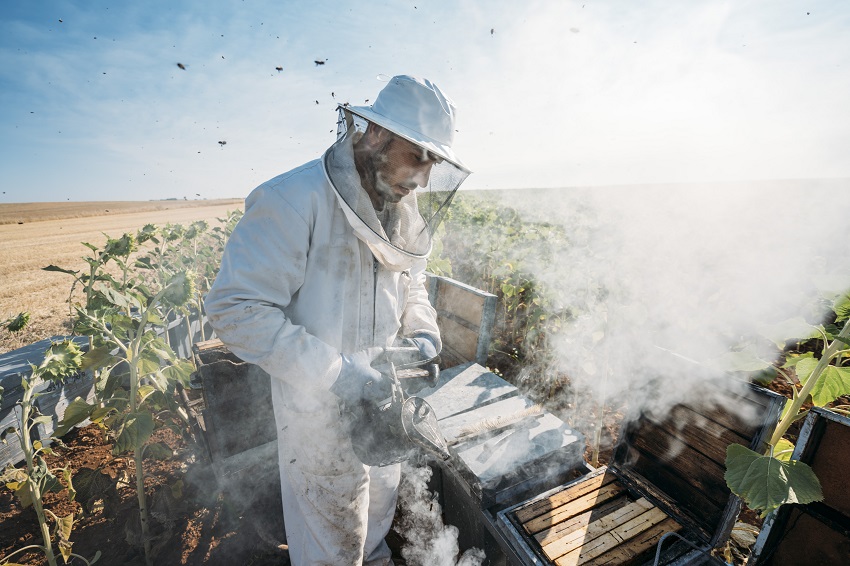
If you thought that solar panels were only good for powering homes and businesses, a new report from Spain might change those ideas. The Endesa energy company has set up a solar farm in the Spanish town of Carmona, but producing solar energy isn’t the only thing happening in these fields.
Known as a Solar Apiary, the land of around 200 hectares is a perfect example of agrivoltaics. That is the combined utilisation of land for solar power and agriculture. Here’s what it’s all about.
The Solar Apiary
Spanning 200 hectares, the land in Carmona, Spain is revolutionising the idea of operating solar production farms and traditional agricultural farms together. The entire project features 250,000 solar modules which produce a peak capacity of 100MW. That’s enough to power 30,000 homes and prevent millions of tons of CO2 from entering the atmosphere.
That sounds impressive enough, but there’s more. Around 3 hectares of the land is used for growing aromatic plants such as sage, rosemary, oregano and coriander. These have all been planted between the solar panels and allowed to grow naturally. In fact, they’re thriving with no herbicides or other chemicals. Did we mention the land is also used for sheep farming?
But what about the bees?
Futuristic beehives
Along with growing plants and livestock, the Solar Apiary also consists of around 60 futuristic beehives that are absolutely flourishing. With so many bees in the area and no herbicides in sight, the degree of pollination from the bees is heightened, leading to a much stronger crop output.
The beehives themselves are a work of modern technology, all controlled by a special system. There are several sensors installed throughout, and from a central control point, beekeepers can monitor temperature, humidity and more to ensure the bees remain healthy.
Hives are opened and closed at certain times to allow air circulation, and beekeepers can also monitor honey production.
How about Australia?
Solar production farms in Australia are also trialling similar technology. In NSW, farmers have found that sheep grazing under solar panels is producing more wool, and of better quality. There are also studies that suggest transparent solar panels on greenhouses can help farmers reduce their carbon footprint.
As technology continues to advance, we’re finding new ways for solar farm land use to combine with agriculture, improving our use of land for renewable energy sources.
If you’d like to know more about how solar energy can help your own home, contact Halcol Energy today.
Source URL: https://halcolenergy.com.au/solar-news/increased-honey-production-in-solar-bee-farm/

